Linen fabric, also known as pure Vietnamese, is one of the first fabrics in the world. Linen fabric is woven from the fibers of the natural flax plant. Linen is a completely natural fabric. People take the stem of the flax plant – a plant that originates near the lakes in Switzerland – split it into fibers and woven it into cloth. The fibers are hand-woven and relatively large, each fiber can be seen on the surface of the fabric as well as felt by the hand very clearly.
Linen fabric origin
Linen fabric is made from the fibers in the stem of the flax plant. These fibers are usually very sharp but they are easily damaged during harvesting, so harvesting flax requires advanced techniques and technologies. The workers will strip the newly harvested flax into long strands. The fastest way is to use bacteria so that they can eat the outside of the stem. These soft fibers are then gathered and separated into long fibers, from which they can weave into fabric.
Properties and ways to identify linen fabric
Natural linen fabric is especially safe and user-friendly. Fabric is much more durable than other fabrics, up to about 5.5 to 6.5 gm/den (a measure of fabric strength). Linen fabric also has good absorbency, creating a comfortable feeling when used. The reason is that linen fabric is composed of natural linen fibers, so it is quite airy and cool.
In particular, linen fabric also has a good heat resistance and can be dried in direct sunlight. With some fabrics, when exposed to high-temperature conditions, the fabric will fade. But linen fabric is quite the opposite. One of the most important features, the linen is light, the fabric is cool, and feels great to the touch. Most of the time, when choosing summer clothes, people often choose linen non-woven fabric that is both durable and cool but at an affordable price.
However, the elasticity of linen fabric is low, and wrinkles and folds may appear on the fabric surface when we use and store it incorrectly.
Currently, linen fabric is divided into 5 main types. Linen fabric is soft and soft, but when worn, it feels comfortable and comfortable for the skin. Wet linen fabric is commonly used to make fabrics that do not need too sophisticated textures such as curtains. Linen fabric is more durable, smoother quality, and has the great advantage of being able to keep the color of the fabric for a long time. Silk linen fabric brings a certain softness, often used to sew innovative shawls or dresses. Scratched linen fabric has a scratched woven surface that creates its characteristics with a thin and light fabric surface often used to sew thin vests or pants …
Advantages and disadvantages of linen fabric
Linen fabric is of natural origin, so it is sure to be safer for the skin as well as shiny, better than cotton. They can absorb quickly and then immediately fly faster. Therefore, they are favored by everyone as the number one choice for hot and sunny summer days.
Advantages of linen fabric
Linen is more absorbent than most fabrics. This is considered the first plus point that makes them a popular material in the summer. The ability to absorb and evaporate quickly helps the surface of the garment to dry naturally and quickly.
Linen fabric is of natural origin and is environmentally friendly. Skin-friendly as well as easy to decompose when no longer in use. With good resistance and heat resistance, linen fabric is used for sun protection items such as car covers, mineral coats, and sun protection skirts.
The natural luster creates a luxurious feel while applied to luxury items. Even just touching the fabric will feel the coolness of the fabric, and with the eyes, the linen shirt will stand out more than other fabrics.
Cons of linen fabric
Linen fabric has biggest disadvantage is its ability to withstand extremely poor friction. Due to the knitted texture of natural fabrics, if strong friction will cause scratches, the surface of the fabric will lose its original shine and elegance.
Applications of linen fabric in the garment industry
Natural linen fabrics can be quite rough and stiff. But today’s advanced technology has brought softer, more comfortable linen fibers. Therefore, linen fabric, especially silk linen fabric, is very popular in apparel.
With organic origin with excellent absorbency, a smooth surface that is gentle on the skin makes them suitable for making soft and comfortable bed sheets. In addition, the more durable feature, the more you wash it, the softer it becomes. Therefore, they are very suitable for sewing tablecloths and hand towels.
Some suitable fabrics for you to choose from, such as tufted linen or raw linen, are created in a square shape for sofa sets. Especially when using this fabric to cover the chair, you can see that the longer you use it, the brighter and softer it will be, without ruffled hair.



 T-shirts
T-shirts
 Polo T-shirts
Polo T-shirts
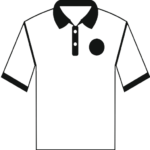 Embroidery
Embroidery
 Sweatshirts & Hoodies
Sweatshirts & Hoodies
 Women's clothing
Women's clothing
 Kid's clothing
Kid's clothing
 Hats
Hats
 Featured Brand
Featured Brand
 Bar & Restaurant
Bar & Restaurant
 Construction
Construction
 Conventions / Expos
Conventions / Expos
 Medical
Medical
 Nails / beauty salon ..
Nails / beauty salon ..
 Events & Celebrations
Events & Celebrations
 4th of July
4th of July
 Black History Month
Black History Month
 Christmas
Christmas
 Fathers Day
Fathers Day
 Halloween
Halloween
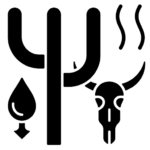 Animal Causes
Animal Causes
 Autism
Autism
 Cancer
Cancer
 Non-Profits
Non-Profits
 Walks / Runs / Marathons
Walks / Runs / Marathons
 Sports & Teams
Sports & Teams
 Baseball
Baseball
 Basketball
Basketball
 Badminton
Badminton
 Bowling
Bowling
 Hockey
Hockey
 College
College
 Clubs / Organizations
Clubs / Organizations
 College Sports
College Sports
 Departments
Departments
 Greek Life
Greek Life
 Homecoming
Homecoming
 Real Life Heroes
Real Life Heroes
 Air Force
Air Force
 Army
Army
 Coast Guard
Coast Guard
 Medical Staff
Medical Staff
 Fire Department
Fire Department
 K-12 Schools
K-12 Schools
 Chorus and Choir
Chorus and Choir
 Class Of
Class Of
 Dances & Prom
Dances & Prom
 Drama
Drama
 Clubs
Clubs
 Bible School
Bible School
 Church Youth Groups
Church Youth Groups
 Mission Trips
Mission Trips
 Meditation
Meditation


































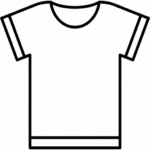 Short Sleeve T-shirts
Short Sleeve T-shirts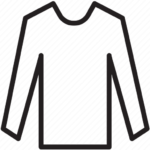 Long Sleeve T-shirts
Long Sleeve T-shirts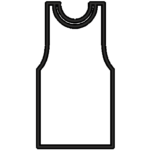 Tank Top & Sleeveless
Tank Top & Sleeveless Tie-Dye T-shirts
Tie-Dye T-shirts Soft Tri-Blend T-shirts
Soft Tri-Blend T-shirts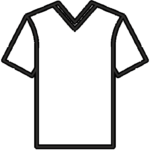 V-Neck T-shirts
V-Neck T-shirts Pocket T-shirts
Pocket T-shirts Made in USA
Made in USA Sweatshirts Hoodies
Sweatshirts Hoodies Hoddies
Hoddies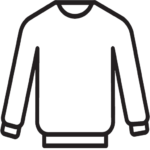 Crew Neck Sweatshirts
Crew Neck Sweatshirts Full Zip Sweatshirts
Full Zip Sweatshirts Quarter Zip Up Pullover
Quarter Zip Up Pullover Heavyweight Sweatshirts
Heavyweight Sweatshirts Fleece Jackets & Pullovers
Fleece Jackets & Pullovers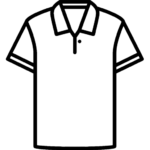 Polo T-shirts
Polo T-shirts Performance Polo Shirts
Performance Polo Shirts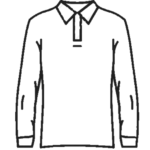 Long Sleeve Polo Shirts
Long Sleeve Polo Shirts Golf Polo Shirts
Golf Polo Shirts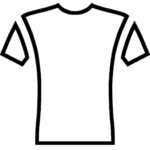 Short Sleeve Performance Shirts
Short Sleeve Performance Shirts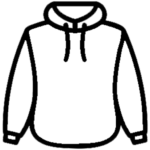 Performance Sweatshirts & Hoddies
Performance Sweatshirts & Hoddies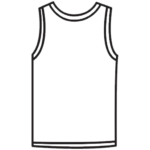 Performance Tanks
Performance Tanks Quarter Zip Performance Shirts
Quarter Zip Performance Shirts Rash Guards Swim Shirts
Rash Guards Swim Shirts Performance Sweatpants & Joggers
Performance Sweatpants & Joggers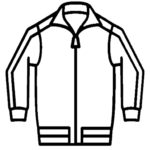 Track Jackets
Track Jackets Shorts
Shorts Nike
Nike Adidas
Adidas Outerwear
Outerwear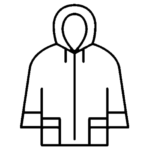 Rain Javkets
Rain Javkets Insulated & Down Jackets
Insulated & Down Jackets The North Face Jackets
The North Face Jackets Work Jackets
Work Jackets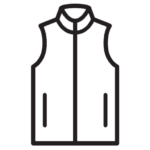 Vests
Vests Gyms & Fitness
Gyms & Fitness Landscaping
Landscaping Pets store
Pets store Band & Orchestra
Band & Orchestra Club
Club School Pride
School Pride Hanukkah
Hanukkah Mardi Gras
Mardi Gras Mothers Day
Mothers Day New Years
New Years Patriotic
Patriotic St. Patrick’s Day
St. Patrick’s Day Thanksgiving
Thanksgiving Valentines Day
Valentines Day Cheerleading
Cheerleading eSports
eSports Football
Football Golf
Golf Lacrosse
Lacrosse MMA & Boxing
MMA & Boxing Mud Runs
Mud Runs Hockey
Hockey Pickleball
Pickleball Poker
Poker Soccer
Soccer Swimming
Swimming Tennis
Tennis Track & Field
Track & Field Volleyball
Volleyball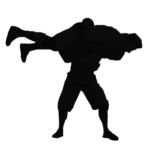 Wrestling
Wrestling